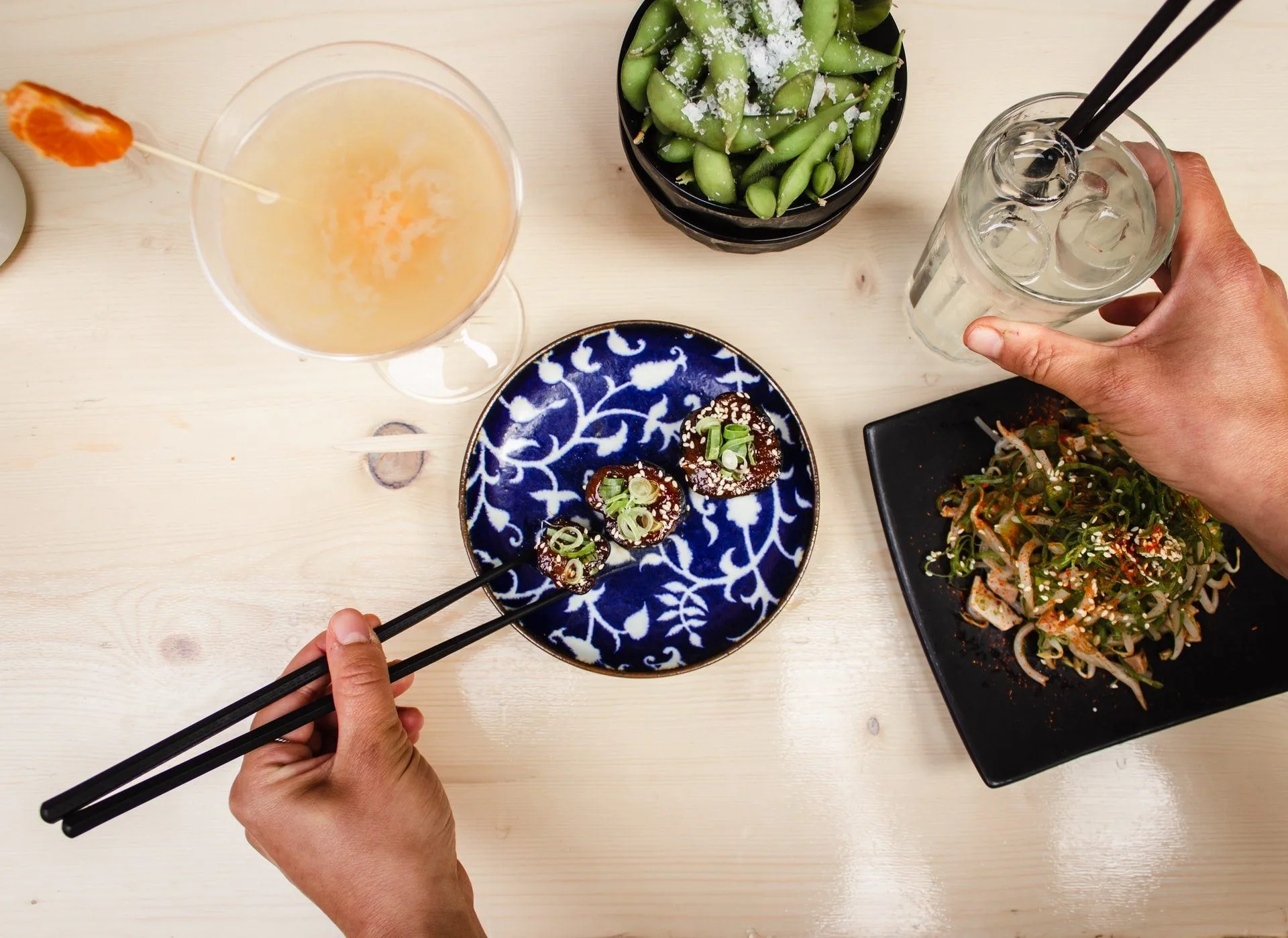We all enjoy a good meal, especially one that’s rich in taste and flavour. We also understand that the right foods can have a beneficial effect on our health. That said, sometimes it’s not about what we eat, but rather how we eat.
So, when you’re searching for a meal recipe courtesy of another culture, it would be advisable to also find out more about their eating habits so that your health can also enjoy your meal choices.
Longevity Eating Habits From Around the World
1. Love your lunch like the Spanish

Photo by Ralph (Ravi) Kayden on Unsplash
While some may consider breakfast the most important meal of the day, in Spain, this title goes to lunch. In fact, lunch is often referred to as la comida, which translates to “the meal”.
Enjoying a bug lunch not only helps to speed up your metabolism, but a study published in the journal International Journal of Obesity found that participants who ate their main meal before 3 p.m. ended up losing more weight than those who ate their main meal after 3 p.m. Additionally, a more recent study published in Obesity also found that eating earlier in the day can help to regulate appetite, helping with weight management.
So, the next time you’re packing lunch, make sure to give yourself an extra serving of vegetables and enjoy the added fiber.
2. Eat with others like the French
Communal dining is common practice in France. Sitting down to enjoy a meal with your loved ones should become common practice, especially if you want to improve your health.
A Korean study published in Obesity Research & Clinical Practice revealed that men who eat by themselves, at least twice a day, face an increased risk for metabolic syndrome as well as prediabetes, high blood pressure, and high cholesterol, than people who always eat with others.
What’s more, not only do social gatherings improve your mental health, but research has found that incorporating food into this can help to reduce the chances of disordered eating and it can also improve one’s nutritional intake (1).
3. Enjoy fruits and vegetables like the Greek
The Greek diet consists of a high intake of fruits and vegetables so it’s no wonder that the Greek’s life expectancy is around 83 years old.

Photo by Loren Joseph on Unsplash
4. Go meat-free like the Californians
Loma Linda is an area in California whose residents follow a vegetarian diet. Considering the fact that Loma Linda is considered a Blue Zone, then perhaps it would be a good idea to cut back on your intake of red meat?
A study presented at ESC Preventive Cardiology revealed that a higher intake of red and processed meat was linked to worsened heart function. That said, a separate study found that substituting your consumption of red meat with whole grains, nuts or legumes can serve to greatly reduce your risk of heart disease./vc_column_text]
5. Spice it up like the Indians
Indian cuisine is known for its delicious flavor, thanks to the variety of spices that it features.
One of the most popular spices is turmeric, which contains the compound curcumin. According to a study published in the International Journal of Molecular Sciences, curcumin can help to promote longevity.
Another spice found in Indian cuisine is Cayenne pepper and research has found that people who regularly eat chili pepper can live longer (2).

Photo by Alfonso Scarpa on Unsplash
6. Enjoy a glass of wine like the Italians
A glass a day could keep the doctor away, and it’s probably why Italy is constantly considered one of the healthiest countries in the world.
Now, while research has shown that people who drink a glass a day are substantially less likely to spend time in hospitals–for any reason, it’s important to manage your consumption and stick to no more than a glass a day (two for men).
7. Eat fresh fish like the Chinese
Thanks to the heavy presence of fish in their diet, Chinese people get a great dose of omega-3 fatty acids. These compounds have been found to greatly reduce your risk of heart attack, stroke, and early death.
If you’re not a fan of fish, you can still get your omega 3s from nuts, seeds, legumes and even seaweed

Photo by Free To Use Sounds on Unsplash
Want to know more?
Small diet changes can do more for you and the planet than you might think. In fact, researchers have recently found that small diet changes can protect you and the planet.
References
Bielak-Zmijewska, A., Grabowska, W., Ciolko, A., Bojko, A., et al. (2019). The Role of Curcumin in the Modulation of Ageing. International journal of molecular sciences, 20(5), 1239. https://doi.org/10.3390/ijms20051239
Chae, W., Ju, Y.J., Shin, J. et al. Association between eating behaviour and diet quality: eating alone vs. eating with others. (2018). Nutr J 17, 117. https://doi.org/10.1186/s12937-018-0424-0
Costanzo, S., Mukamal, K. J., Di Castelnuovo, A., Bonaccio, M., et al (2019) Alcohol consumption and hospitalization burden in an adult Italian population: prospective results from the Moli-sani study, Addiction, 114, 636– 650. doi: https://doi.org/10.1111/add.14490.
Garaulet, M., Gómez-Abellán, P., Alburquerque-Béjar, J. et al. (2013). Timing of food intake predicts weight loss effectiveness. Int J Obes 37, 604–611. https://doi.org/10.1038/ijo.2012.229
Kwon, A. R., Yoon, Y. S., Min, K. P., Lee, Y. K., & Jeon, J. H. (2018). Eating alone and metabolic syndrome: A population-based Korean National Health and Nutrition Examination Survey 2013-2014. Obesity research & clinical practice, 12(2), 146–157. https://doi.org/10.1016/j.orcp.2017.09.002
Raisi, Z., Mccracken, C., Gkontra, P., Jaggi, A., et al. (2021). Higher consumption of red and processed meat is associated with adverse cardiovascular magnetic resonance morpho-functional phenotypes: A study of 19,408 UK Biobank participants. European Journal of Preventive Cardiology, Volume 28, Issue Supplement_1, May 2021, zwab061.454, https://doi.org/10.1093/eurjpc/zwab061.454
Ravussin, E., Beyl, R. A., Poggiogalle, E., Hsia, D. S., & Peterson, C. M. (2019). Early Time-Restricted Feeding Reduces Appetite and Increases Fat Oxidation But Does Not Affect Energy Expenditure in Humans. Obesity (Silver Spring, Md.), 27(8), 1244–1254. https://doi.org/10.1002/oby.22518



![women [longevity live]](https://longevitylive.com/wp-content/uploads/2020/01/photo-of-women-walking-down-the-street-1116984-100x100.jpg)










